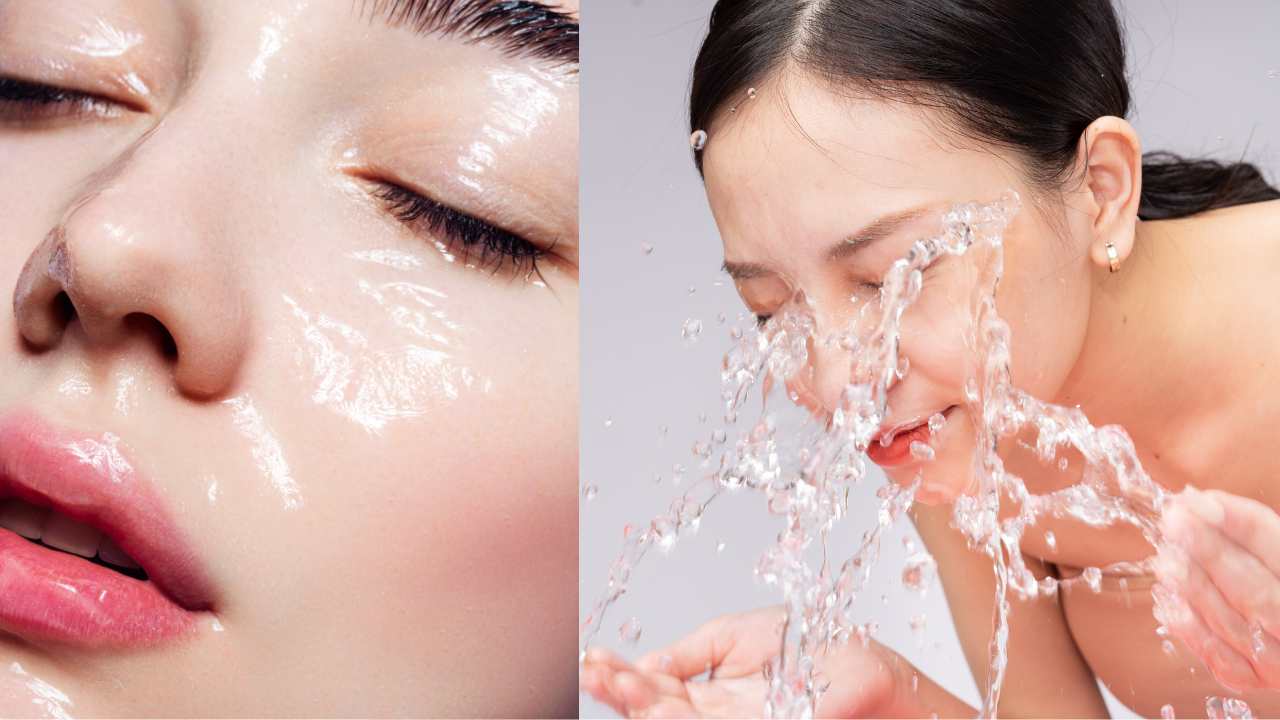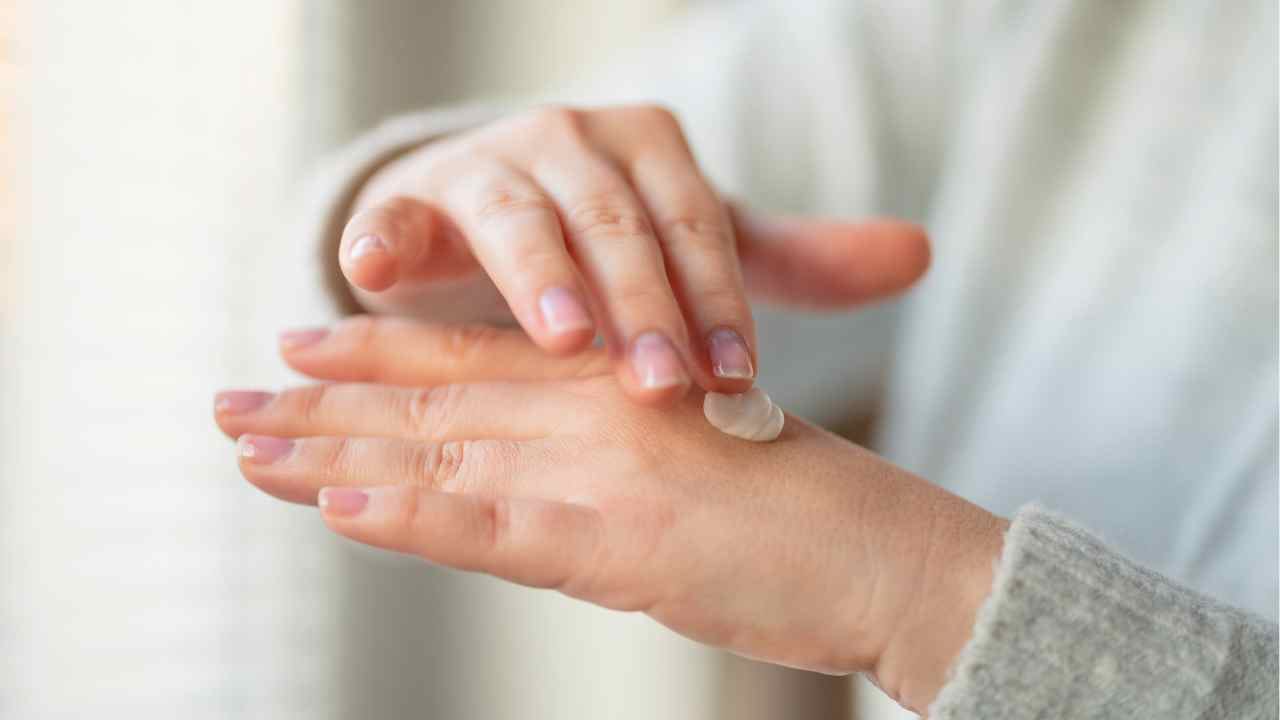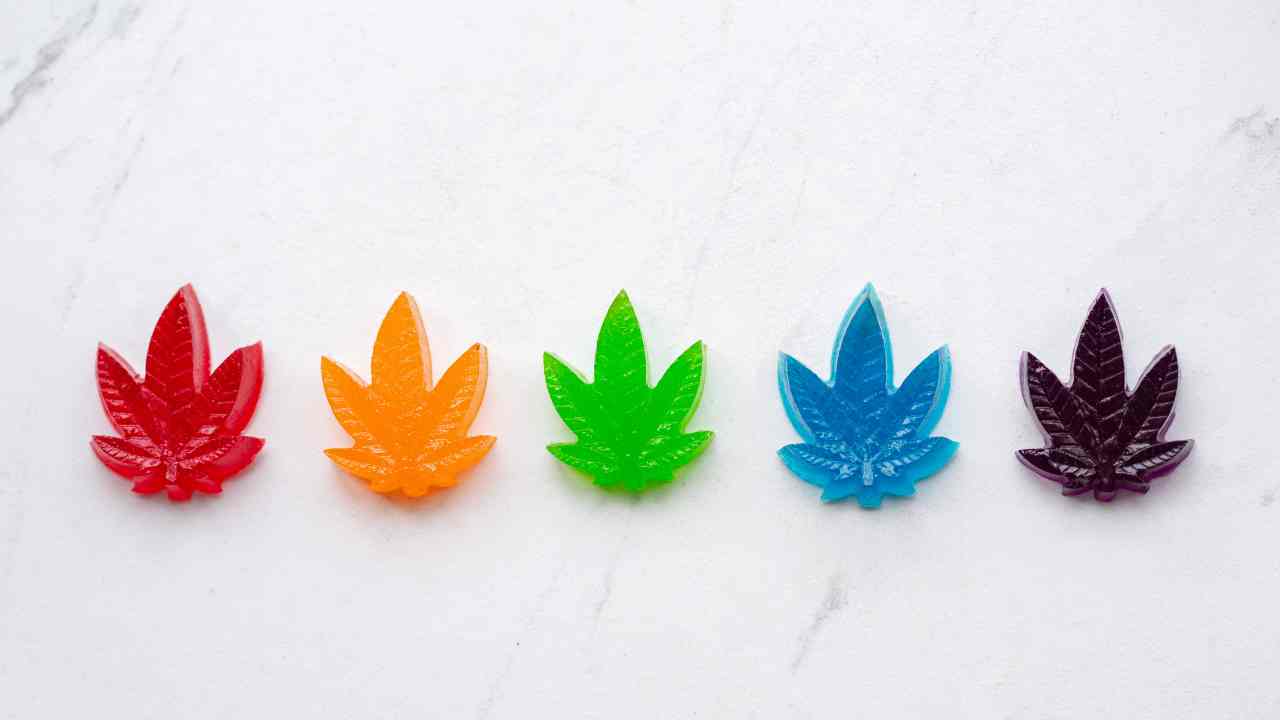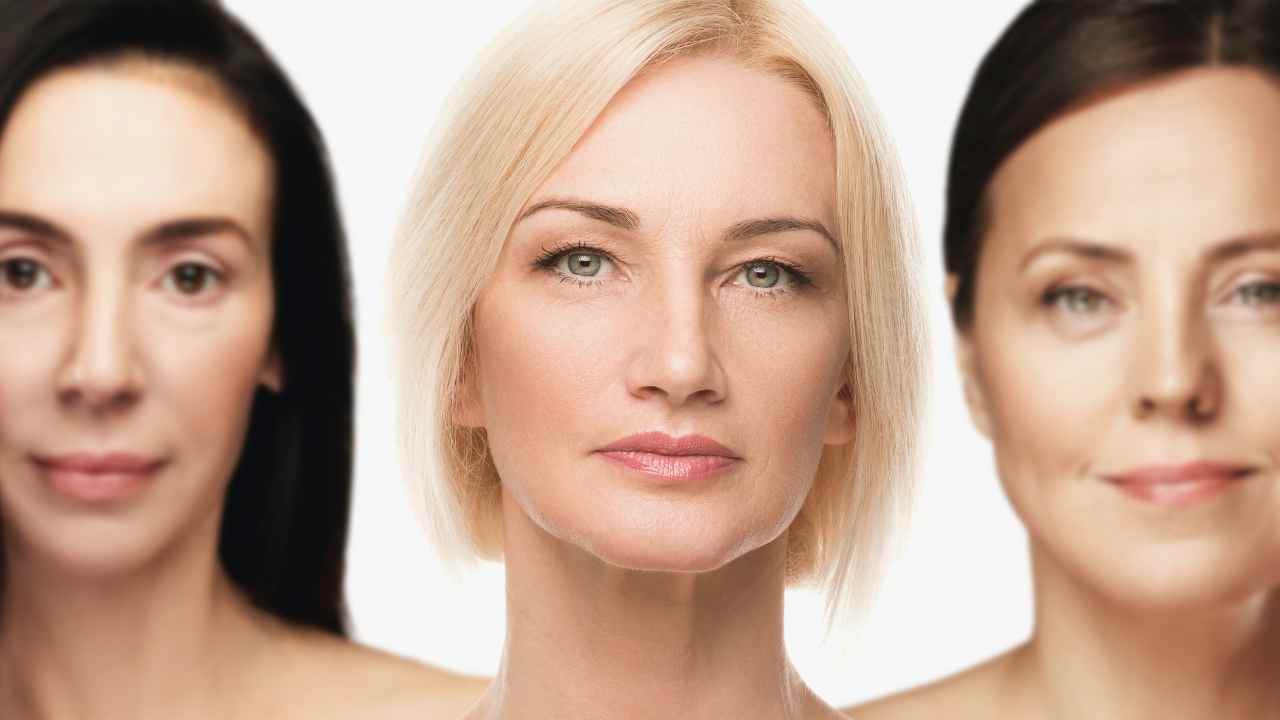
What Foods Cause Cellulite? Are You Really What You Eat?
If avoiding certain foods good eliminate your cellulite, would you stop eating them? Can changing your diet really make a difference in your skin texture? We want to know!
In this post, we will explore the topic of what foods may cause cellulite on women and even men and provide some evidence-based insights into how it shows up on the body.
This way you can avoid those foods and hopefully reduce cellulite on your body. Let's get started!
Why Does Cellulite Develop on the Body?
Firstly, it is important to understand what cellulite is and how it develops. Cellulite is a condition where the skin appears dimpled or lumpy, most commonly on the thighs, buttocks, and abdomen.
It is caused by an accumulation of fat cells beneath the skin, which push against connective tissue and create the characteristic dimpling effect.
Other factors that may contribute to the development of cellulite include genetics, hormones, lifestyle factors such as lack of exercise and age.
Where is Cellulite Most Common on the Body?
Cellulite can show up anywhere on the body, but is most commonly seen in areas of fat deposition such as the buttocks, thighs and abdomen.
This type of dimpled skin can also appear on the arms, though less often due to typically lower fat content in these areas.

Sugar & Refined Carbohydrates
While there is no single food that has been definitively linked to cellulite, there are some dietary factors that may increase the risk of its development.
One of these factors is a high intake of sugar and refined carbohydrates.
When we consume large amounts of sugar, high fructose corn syrup and carbohydrates, such as white bread and pasta, our bodies produce high levels of insulin. These empty calories are really the worst foods for our system.
Insulin is a hormone that regulates blood sugar levels, but it also stimulates the growth of fat cells and can cause inflammation in the body.
Inflammation can weaken the connective tissue that surrounds fat cells, making it easier for them to push through and create cellulite.

Saturated & Trans Fats
Another dietary factor that may contribute to cellulite is a high intake of saturated fat and trans fat.
These types of fats are found in many processed foods and fried foods, as well as in fatty meats and dairy products. These are definitely foods that cause cellulite.
Saturated and trans fats have been shown to increase inflammation in the body and may also interfere with the body's ability to break down and eliminate fat cells.
Salt & Water Retention
Salt and water retention do not help with the appearance of cellulite.
In some cases, the appearance of cellulite is amplified because there's too much fluid in our body which leads to swelling.
This swelling makes it more difficult for circulation to occur properly, preventing toxins from being expelled as they should.
Salt is often part of this equation since sodium holds more water than other ions do - causing us to retain more water than we need; thus leading to an increase in pressure within these fat cells, ultimately resulting in cellulite.
Therefore you may want to watch your salt intake if you're trying to get rid of or prevent any further cellulite build up, including foods like soy sauce and other processed foods that are high in sodium.
The Good Stuff for Your Body
On the other hand, consuming a diet rich in fruits and vegetables, lean protein sources, and healthy fats can help reduce the risk of developing cellulite.
Fruits and vegetables are rich in antioxidants and other nutrients that help protect the skin and promote collagen production, which can help improve skin elasticity and reduce the appearance of cellulite.
Lean protein sources, such as chicken, fish, and legumes, can help promote muscle growth and repair, which can also improve skin texture and tone.
Healthy fats, such as those found in nuts like almonds, seeds, and fatty fish, can help reduce inflammation in the body and support healthy skin function.
Some foods have been found to specifically reduce LDL cholesterol (the “bad” cholesterol) while actively improving blood circulation which helps overcome the effects created by cellulite build up!
Said foods include salmon which is rich with omega 3 fatty acids; olive oil for its healthy benefits when used moderately; plus dark green leafy veggies like spinach and kale for its iron content aiding both blood flow.
These veggies contain the detoxification processes necessary for healthy skin and improved metabolization resulting inevitably lessened visibility of the cottage cheese skin we know too well as cellulite!

Good Lifestyle Choices
In addition to dietary factors, there are some other lifestyle changes that may help reduce the risk of developing cellulite.
Regular exercise can help promote muscle growth and fat loss, which can improve skin texture and tone.
Maintaining a healthy weight can also help reduce the risk of cellulite, as excess body fat accumulation can contribute to its development.
Quitting smoking and limiting alcohol intake may also be beneficial, as both of these habits can increase inflammation in the body and damage skin cells.
Cellulite is Normal
It is also worth noting that cellulite is a very common condition, and it affects people of all ages, genders, and body types.
It is not necessarily an indication of poor health, and many individuals with cellulite are perfectly healthy and fit.
While there are some dietary and lifestyle factors that may contribute to its development, it is important to remember that cellulite is a natural and normal part of the body's appearance.
Do Certain Foods Cause Cellulite?
In conclusion, while there is no single food that causes cellulite, there are some dietary and lifestyle factors that may contribute to its development. So by avoiding these we can fight cellulite.
A diet high in sugar, refined carbs, saturated and trans fats may increase weight gain and the risk of cellulite, while a diet rich in fruits and vegetables, lean protein sources, and healthy fats may help reduce the risk.
Additionally, regular exercise, maintaining a healthy weight, and avoiding smoking and excessive alcohol intake may also be beneficial in reducing the risk of cellulite. It is important to remember that cellulite is a very common condition and that it is not necessarily an indication of poor health.
If you are concerned about the appearance of cellulite, there are some treatments that may help reduce its appearance.
These include topical creams, massage therapy, cupping therapy, dry brushing and certain medical procedures.
However, it is important to remember that there is no one-size-fits-all solution for cellulite, and what works for one person may not work for another.
These treatments may not be suitable for everyone, so it is always best to consult with a healthcare professional before starting any new treatments.

















